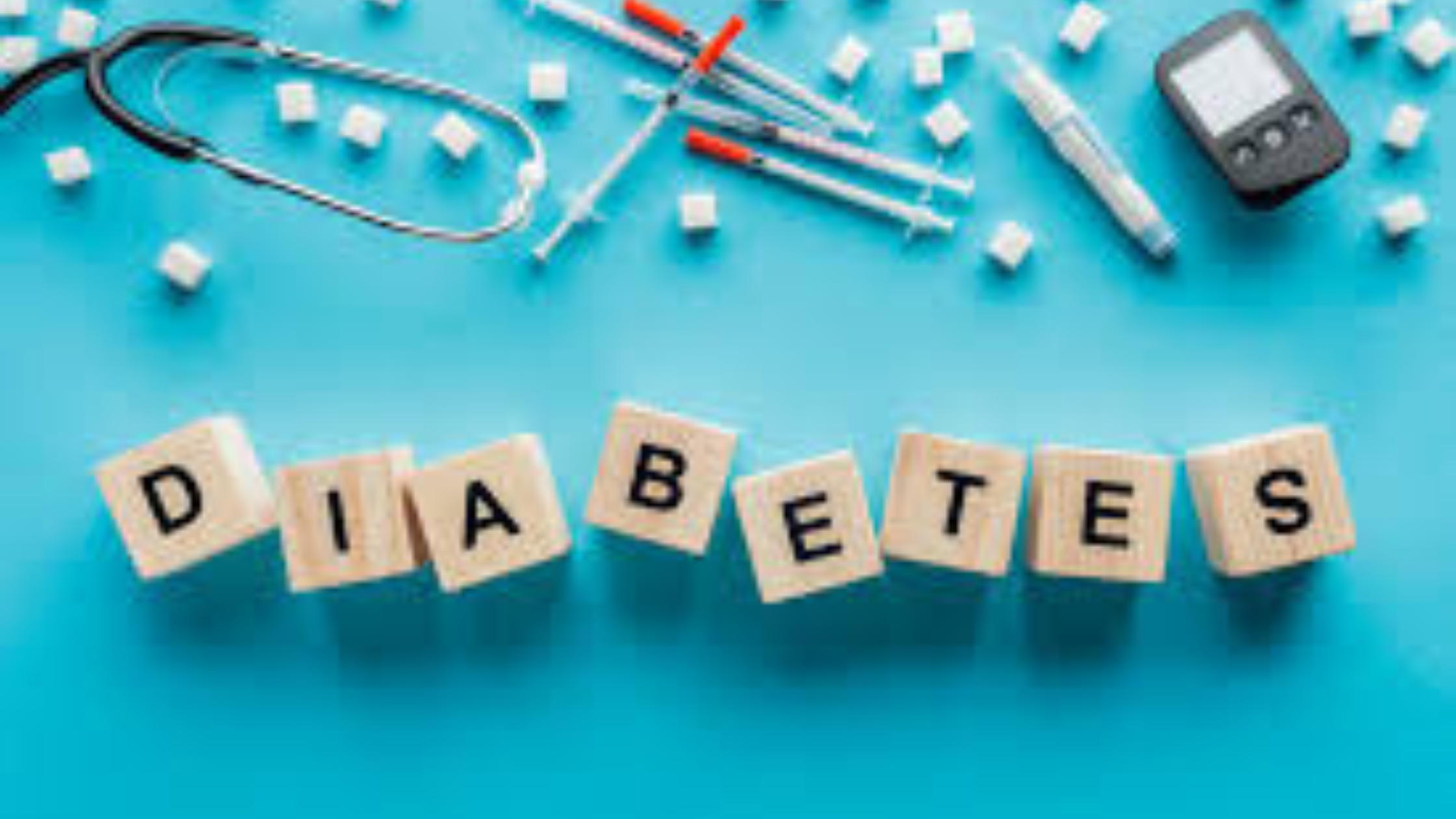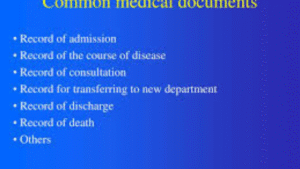Diabetes Isn’t Just a Word—It’s a Global Wake-Up Call

Diabetes. It’s a word you probably hear every day. But honestly, it’s more than just a buzzword—it’s a real, growing problem touching millions of lives. As of 2025, over 537 million people worldwide are living with this disease That’s nearly one in ten adults!
Now, diabetes isn’t just about high sugar levels—it’s about how your body processes sugar and the hormone insulin that controls it. Understanding insulin’s role, the signs of diabetes, and how to manage blood sugar levels is crucial—whether it’s for you or someone you care about.
So, let’s walk through the essentials—without the confusion.
What Exactly Is Diabetes? And Why Should You Care?

Imagine your body is a busy city. Your cells are buildings that need energy (glucose) delivered by trucks. Insulin is the key that unlocks the doors to these buildings, letting glucose inside for energy. Without insulin—or if it’s not working right—glucose piles up in the bloodstream, causing a traffic jam that damages your body.
There are two main types:
-
Type 1 diabetes: Your immune system attacks the cells that make insulin, so your body produces little or none. Usually diagnosed early in life with distinct type 1 diabetes symptoms.
-
Type 2 diabetes: Your body becomes resistant to insulin, or the pancreas can’t keep up with demand. This type develops over time and is linked to lifestyle factors and type 2 diabetes symptoms.
Both types are serious and need managing, but their causes and treatments differ.
How Insulin Works (Step-by-Step)

Here’s a simple breakdown:
-
You eat food; your blood sugar levels rise.
-
Your pancreas releases insulin.
-
Insulin unlocks your cells, allowing glucose to enter.
-
Cells use glucose for energy.
-
Extra glucose is stored for later use.
Without enough insulin, sugar stays in the blood, causing damage to organs, nerves, and more.
How Many People Are Living With Diabetes?

Brace yourself—over 600 million adults worldwide have diabetes today. That’s nearly 1 in 10 adults globally, and the number is growing.
Lifestyle changes, urbanization, and aging populations are part of the reason for this surge. And it’s not just adults—type 2 diabetes is increasingly found in kids and teens, too.
Why Is Diabetes Growing So Fast?

You might ask, “Why is diabetes spreading like wildfire?” Well, it’s a mix of things:
-
More processed foods and sugary drinks
-
Sedentary lifestyles (hello, screens and couches!)
-
Increased stress and poor sleep
-
Genetics and environmental factors
While type 1 isn’t preventable yet, type 2 often is—with the right lifestyle changes.
Who Uses Insulin? More People Than You Think
You know what surprises a lot of people? The number of folks who rely on insulin. It’s not just those with type 1 . Millions with type 2 also need insulin at some point.
Today, more than 100 million people worldwide are using insulin. That’s a massive number.
But here’s the harsh reality—many people can’t afford it. Even in the U.S., insulin prices have skyrocketed, forcing some to ration doses or make impossible choices between buying insulin and paying rent.
Warning Signs of Diabetes You Shouldn’t Ignore

Diabetes sometimes whispers before it shouts. Watch for:
-
Extreme thirst
-
Frequent urination
-
Fatigue
-
Blurry vision
-
Slow healing wounds
-
Tingling or numbness in hands/feet
If you notice these type 1 symptoms or type 2 symptoms, don’t brush them off—talk to a healthcare provider.
Why Blood Sugar Levels Matter

Blood sugar levels are like your body’s report card.
-
Normal fasting blood sugar levels: 70–99 mg/dL
-
Prediabetes: 100–125 mg/dL
-
Diabetes: 126 mg/dL or higher
Keeping blood sugar levels in range protects your nerves, kidneys, eyes, and heart from damage.
Managing Diabetes: It’s Not Just About Medicine

Managing diabetes means a whole lifestyle approach. Medication and insulin can be critical, but diet, exercise, stress management, and sleep matter just as much.
And here’s a tip you don’t hear enough: if you’re taking medications or supplements, check for possible interactions. Herbs and meds can sometimes clash—affecting your blood sugar levels or how drugs work. A great resource for this is EvaluateMyMeds.com, which helps you check your medication and herbal interactions safely.
The Emotional Side of Living With Diabetes

Let’s be honest—living with diabetes can be exhausting. The constant checks, meal planning, worry about numbers—it wears on you.
Feeling overwhelmed or burnt out is normal. Don’t hesitate to seek support. Talking about your struggles helps.
Can You Prevent Type 2 ?

Good news! While type 1 can’t be prevented yet, many cases of type 2 can be delayed or avoided.
How? Simple, realistic changes like:
-
Moving more (even short walks count!)
-
Eating whole foods instead of processed ones
-
Getting enough sleep
-
Managing stress
Small steps add up big over time.
The Future of Diabetes: What’s Next?
Here’s a little hope for you: technology is stepping up big time.
-
Continuous glucose monitors (CGMs) reduce finger pricks
-
Smart insulin pens improve dosing accuracy
-
Research into implants and beta-cell regeneration continues
It’s not sci-fi—these innovations are real and improving lives every day.
Real Talk: What Now?

If you’re still here reading, I gotta say—you’re taking the right steps.
Diabetes is complicated. It’s frustrating. It’s scary sometimes. But you’re not broken, and you don’t have to face it alone.
Whether you’re newly diagnosed, helping someone you love, or just trying to understand your risk—keep asking questions. Keep learning. Keep moving.
Because every little bit counts.
Final Thoughts: We’re All in This Together
Diabetes isn’t just a disease; it’s a challenge millions face daily. Awareness, education, and support are keys to living well.
If you or someone you know is affected, take heart—you’re not alone. Keep learning, stay proactive, and use trusted tools like EvaluateMyMeds.com to keep your treatments safe.
Thanks for reading. Here’s to your health and strength!
FAQ
Q1: What’s the difference between type 1 and type 2 diabetes?
A: Type 1 is autoimmune and requires insulin; type 2 is often lifestyle-related and may start with oral medications.
Q2: Can type 2 be prevented?
A: Yes! Healthy eating, regular exercise, and stress management help delay or prevent it.
Q3: How many people worldwide use insulin?
A: Over 100 million people rely on insulin globally.
Q4: What are common symptoms?
A: Excessive thirst, frequent urination, fatigue, blurry vision, and slow-healing wounds.
Q5: Where can I check for medication and herb interactions?
A: Visit EvaluateMyMeds.com to safely review your medications and herbal supplements.








